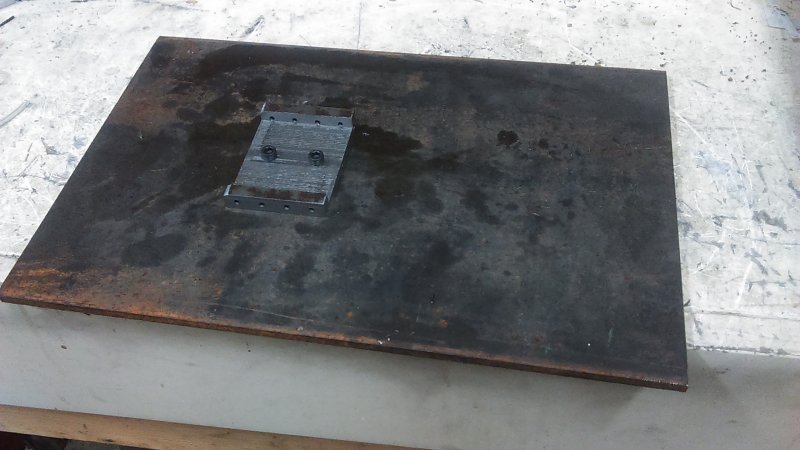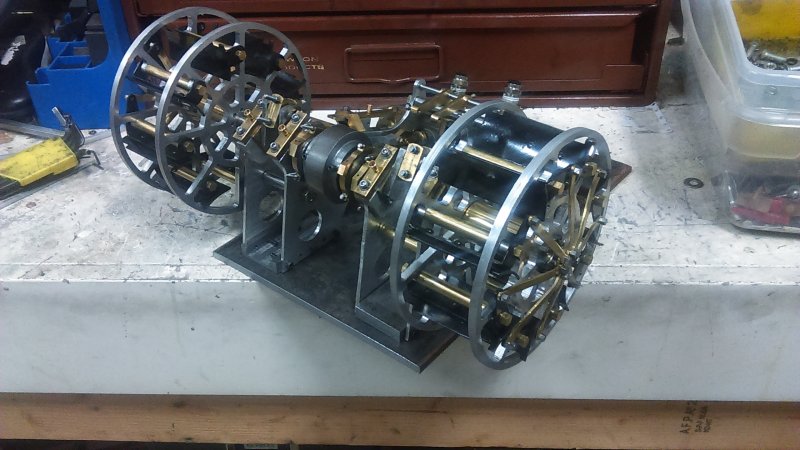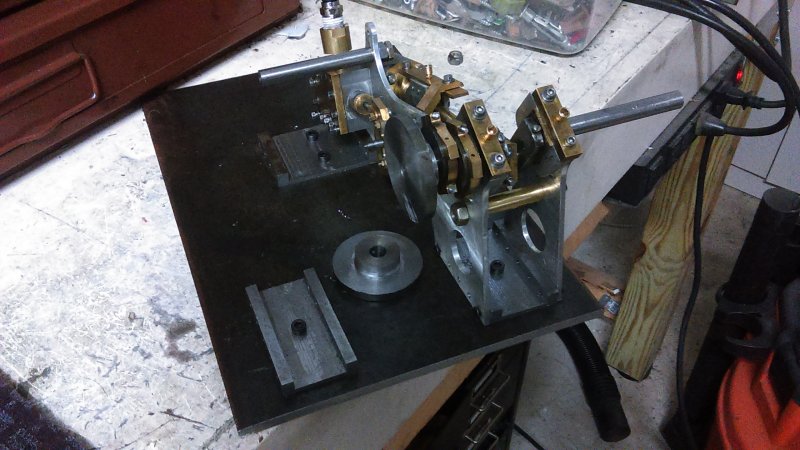- Joined
- Jun 4, 2008
- Messages
- 3,294
- Reaction score
- 636
A small step backwards last night. I had decided to do a remake on the stay bars that hold all 4 frames together, and to install it I needed to remove the paddle wheels. They were stuck! Apparently the setscrew had raised a burr on the crankshaft arm. In attempting to wrestle one off the starboard engine I twisted the web loose. And since the shaft itself it now scored, I need to remake the crankshaft, hence a partial disassembly.
This time I'll mill a small flat on the crankshaft so that a burr there won't prevent the paddlewheel from coming off. I think that for transport to shows removing the paddles will be a good idea anyway.
This time I'll mill a small flat on the crankshaft so that a burr there won't prevent the paddlewheel from coming off. I think that for transport to shows removing the paddles will be a good idea anyway.







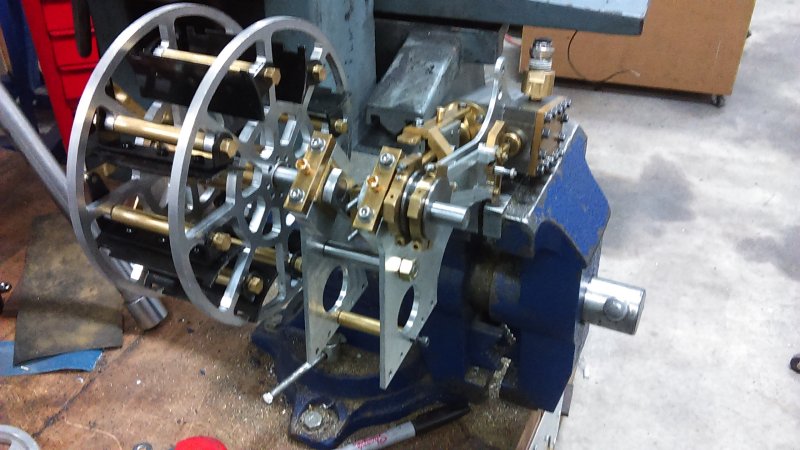
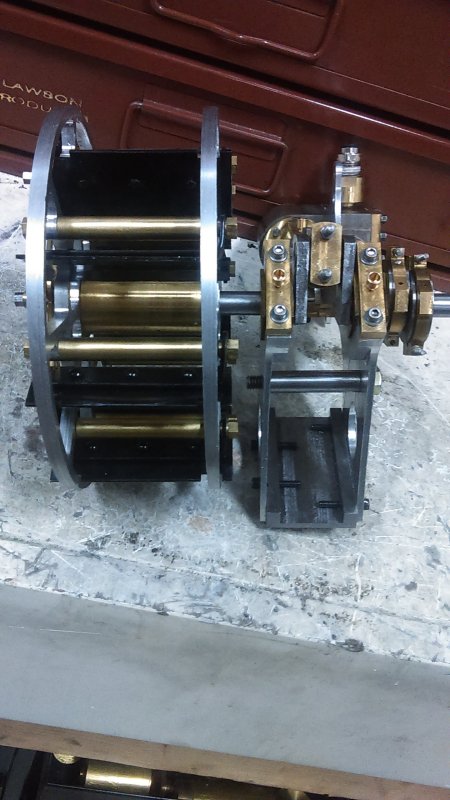













![DreamPlan Home Design and Landscaping Software Free for Windows [PC Download]](https://m.media-amazon.com/images/I/51kvZH2dVLL._SL500_.jpg)









































